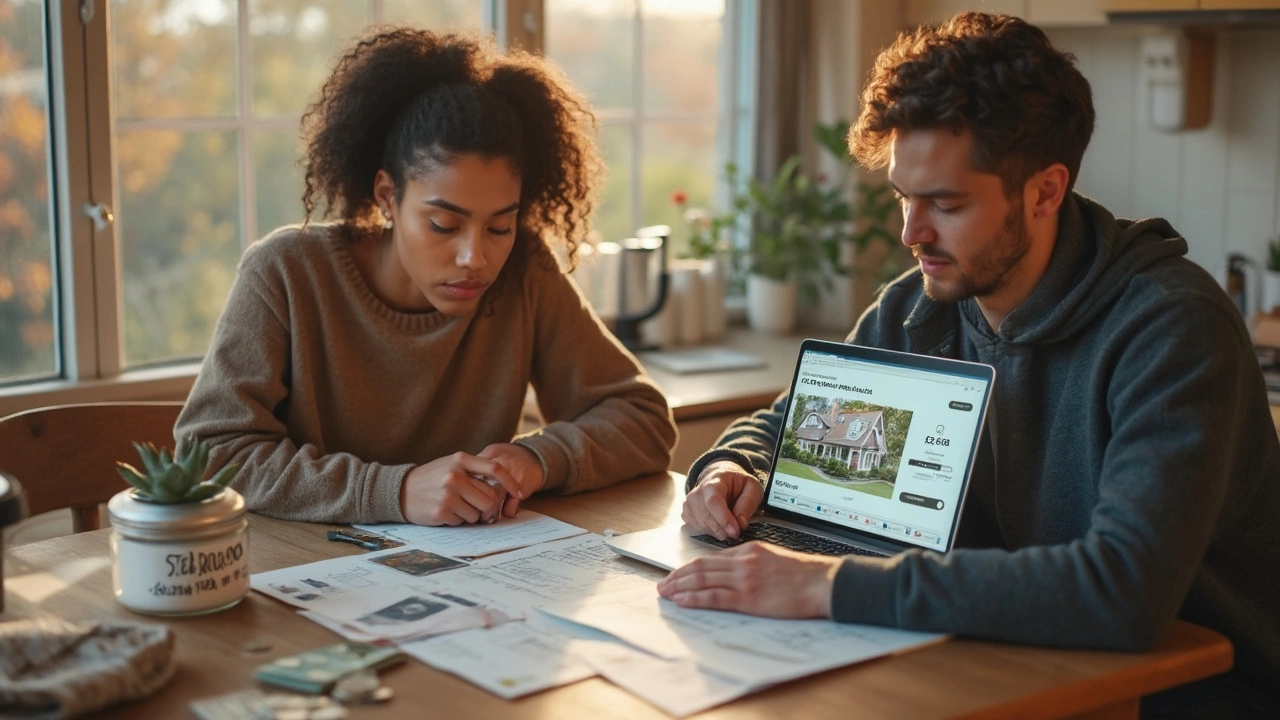Down Payment Basics for Home Buyers
If you’ve started looking at listings, the first number that pops up is the down payment. It feels like a big hurdle, but it’s just one piece of the mortgage puzzle. In this guide we’ll break down how much you really need, where the numbers come from, and simple tricks to boost your savings.
How Much Do You Really Need?
Most lenders talk about a 5%, 10% or 20% deposit. The rule of thumb is 20% to avoid private‑mortgage‑insurance (PMI), but you can qualify with far less. A 5% deposit works for many government‑backed loans, while a 10% deposit often unlocks better rates. For a £200,000 home, 5% is £10,000, 10% is £20,000 and 20% is £40,000. The exact amount depends on the loan type, your credit score and the lender’s policies.
Our article "How Much Down Payment for a 100K House? Your First‑Time Buyer Guide" walks you through each percentage, showing how monthly payments change when the deposit goes up or down. It also highlights programs that let you put down as little as 3% if you qualify for Help to Buy or shared ownership schemes.
Remember, the down payment isn’t the only cash you need. Budget for closing costs (usually 2‑5% of the price) and a small reserve for repairs or moving expenses.
Smart Ways to Boost Your Deposit
Saving for a deposit feels slow, but a few habits can speed it up. First, set up an automatic transfer to a high‑interest savings account the day you get paid. Treat it like a bill you can’t skip.
Second, look for government assistance. The UK’s Help to Buy equity loan can cover up to 20% of a new‑build price, meaning you only need 5%‑10% of your own cash. In Virginia, the "Virginia Down Payment Assistance" program offers grants and low‑interest loans for first‑time buyers.
Third, consider a side gig or freelance work. Even a few extra hours a week can add up to hundreds of pounds each month.
Finally, check your existing assets. Some lenders let you count a portion of your pension or a gifted amount from family as part of the deposit. Just make sure you get the paperwork in order to avoid delays.
Getting the right down payment amount is about balancing what you can afford now with what will save you money later. A larger deposit usually means a lower interest rate and no PMI, but a smaller one can get you into a home faster if you’re eligible for assistance.
Need more detail? Browse the other posts in our downpayment tag:
- Minimum Down Payment on a House: What First‑Time Buyers Need to Know
- Do You Have to Put 10% Down on a House?
- How Much Down Payment for a 100K House? Your First‑Time Buyer Guide
Take the information, run the numbers, and start planning your deposit today. The sooner you know the exact target, the quicker you can lock in a mortgage that works for you.

How Much Is a Downpayment on a 200k House? Get Real Numbers & Tips
Wondering how much cash you’ll need for a downpayment on a $200,000 house? This article breaks down the numbers, typical percentages, and loan options for first-time buyers. Get the facts about what lenders expect, how you can lower your upfront costs, and some honest advice to avoid surprises. Find out which programs could help if you’re short on savings. By the end, you’ll know exactly what to expect and ways to prepare.